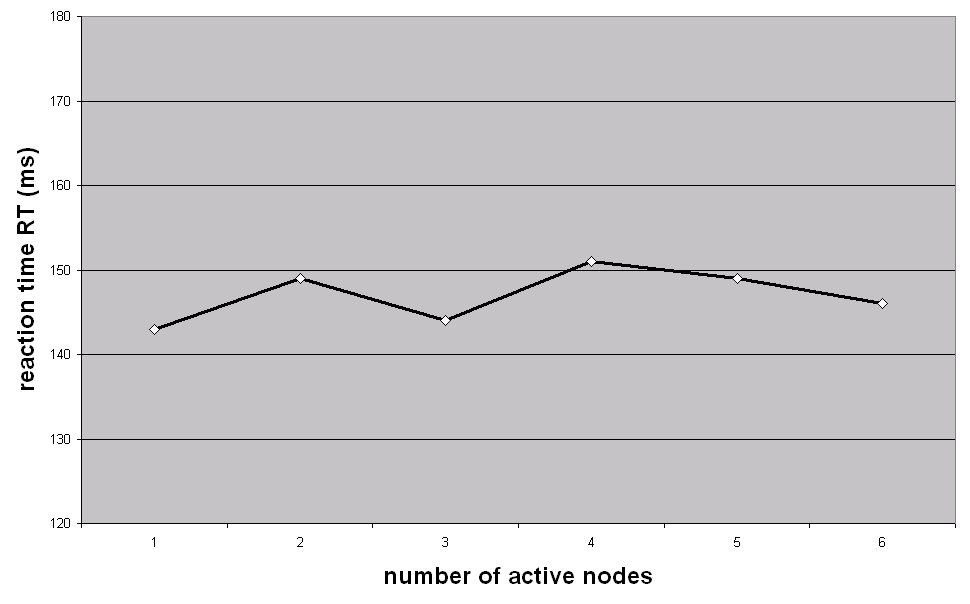
 |
|
Experimental results and performance evaluations (2)
The overhead in path setup is largely counterbalanced by the possibility of performing prompt reactions at provision time in response to dynamic changes in network resources. ubiQoS proxies integrate standard RTP report transmissions with event-triggered exchanges of monitoring infor-mation provided by the QoS Monitoring module. This permits to overcome the RTP limit related to the frequency of reports, which is statically determined in RTP as a fixed percentage of the maximum network bandwidth available at the time of connection establishment (see S. Wenger: "RTCP-based Feedback: Concepts and Message Timing Rules", IETF Internet Draft, http://www.ietf.org/ID.html).
Figure 4a reports the ubiQoS Reaction Time (RT) when the bandwidth reduction over an active path segment triggers the downscaling of the transmitted VoD flow. RT is measured as the time interval be-tween the congestion occurrence and the starting of the adapted flow transmission from the downscaling processor. In the figure, we report the average results obtained by measuring RT for all the different possible positions of the congested segment in the path (from the server to the first active node, from the first active node to the second, ..., and from the Nth node to the client). The RT average value is 148 ms, almost independently of the distance between the client/server and the congested segment. This is due to the fact that any ubiQoS proxy autonomously monitors, controls and manages its local path segment. RT values exhibit a very small variance and very limited random fluctuations around the average value, exclusively due to runtime variations in the non-ubiQoS network traffic over GARR.
About local transcoding, we have experimented that ubiQoS processors on 128MB PentiumIII700 hosts with Microsoft WindowsNT can downscale up to 15 MJPEG flows with frame size up to 320*240 and with frame rate up to 20 Hz [28] notwithstanding their portable Java-based implementation.

Figure 4a. ubiQoS
reaction time.